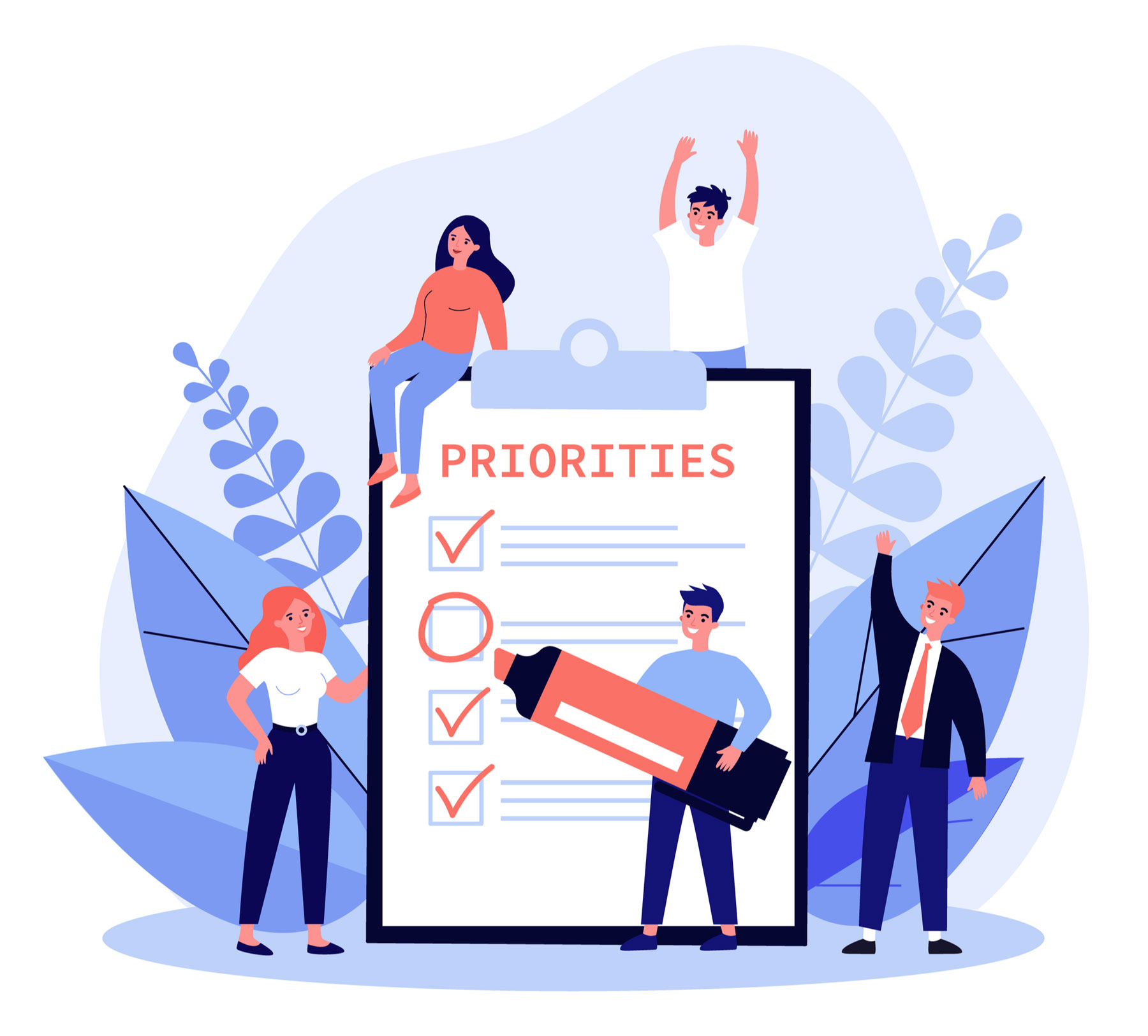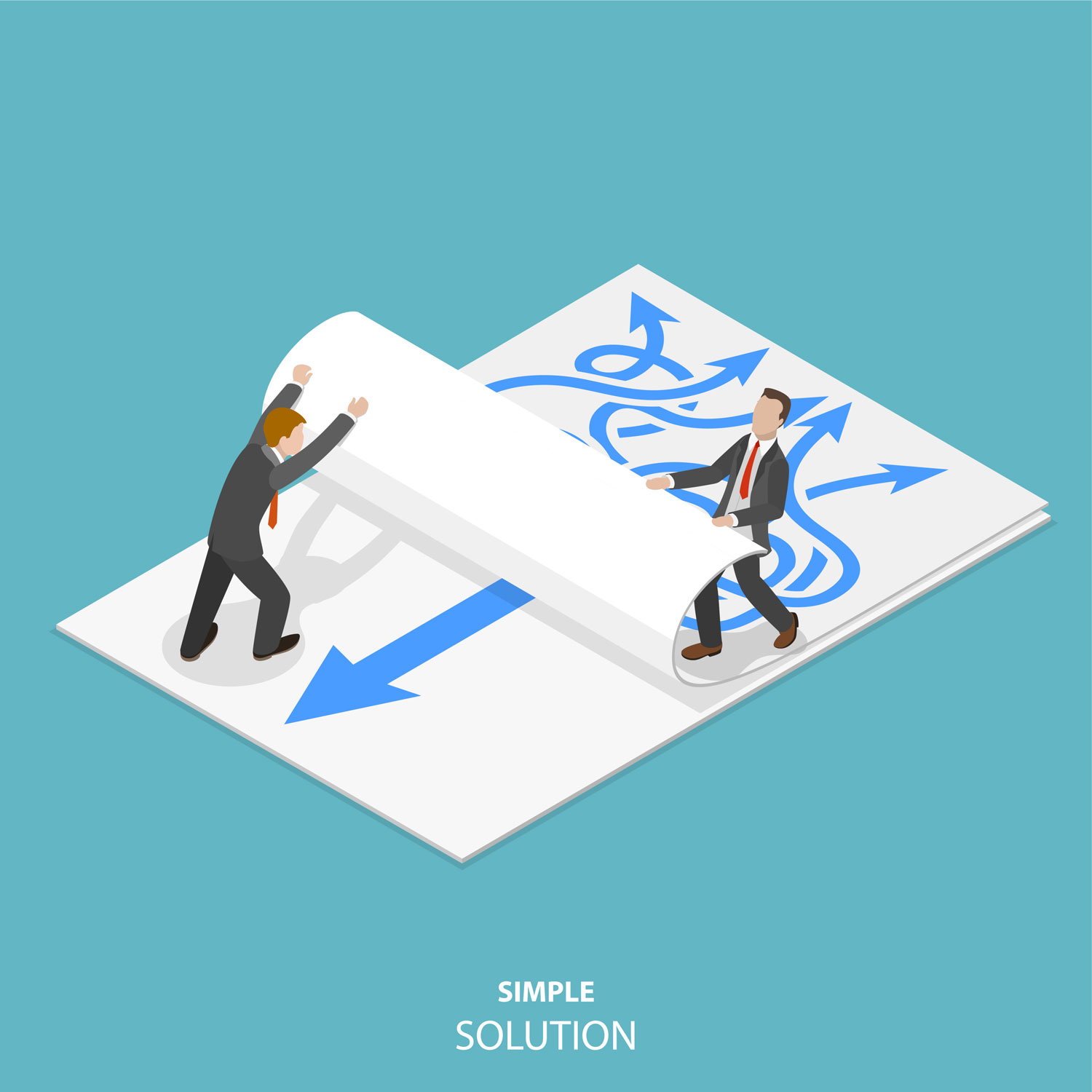By Sheyinka Harry
As stakeholders, we are sometimes so focused on pushing our teams to get the product out that we lose sight of the full scope of the role we play in the product delivery process. Being a stakeholder on a project isn’t just about making new product backlog requests or attending the demos and giving feedback to the teams. Operating in this role is also heavily about asking questions to ensure the teams we lead are doing their best work and have what they need.
What Joan Cheverie said in her article rings true. Asking good questions with the aim of honest information gathering and collaboration is good practice for leaders and managers. By asking questions, project stakeholders help to foster an environment where teams feel comfortable discussing the many issues that affect both the product and their performance. This, in turn, creates a foundation for deepened levels of trust, increased morale and innovation, and enhanced productivity.
To be even better stakeholders, there are three questions discussed below that you should be asking your teams throughout your projects.
1. How can we get the work done more efficiently?

Efficiency looks at the ratio of useful work completed by the team in relation to the total work to be done to reach that end goal. Taking it a step further, efficiency is the extent to which time is well used by the team for an intended task.
Stakeholders can work with teams to ensure useful work is ever-present at the forefront of minds by setting aside time and making the effort to prioritize the work in the Product Backlog. Prioritization is a joint effort between the Product Owner (PO) and the stakeholders; it zones in on what must be done now, as compared to what needs to be done later. In these prioritization sessions, the PO shares the perspectives of the team to help inform the decisions of the stakeholders as they deliberate on what should be developed next. Prioritization ultimately results in deliverables that satisfy the requirements of the customer — with the objective of delivering the maximum business value in the least amount of time.
Aside from ranking the backlog items, efficiency can also be achieved by making sure teams are able to maximize their productivity with minimum wasted effort. The end game is to lower costs while still producing quality work that the customers need. In doing this, it must be ensured that the team is working at a sustainable pace to reduce the occurrence of burnout. A great way to have an efficient team is to ask them what they need to remain focused on the tasks at hand. Oftentimes, the adjustment needed may mean revising current processes for greater throughput. Making these adjustments early will see huge cost reductions in the long run, resulting in issues being avoided and the team maximizing their efforts from the start.
2. How can we get the work done faster?

Stakeholders want their teams to be able to accomplish their tasks quickly. No one wants to look at a product backlog and see that the tickets aren’t moving across the swimlanes at a rapid pace. Worse yet is going to demos and hearing over and over again that the work committed to wasn’t completed. The comment “We aren’t working fast enough” is often brought on by the need to beat competitors, and when framed as a bad remark, it can cause resentment and frustration from the teams. If framed as a question, however, stakeholders have a better chance of discovering the root and addressing the underlying cause of the perceived slow pace.
Getting things done faster isn’t solely about beating the competitors to market. We want teams that release quickly overall, because teams that release the fastest learn the most. The Scrum philosophy encourages teams to release early and often since it creates a tight feedback loop between them and the users. With this tighter loop, the software better conforms to the users’ needs, thus increasing its value to customers, encouraging higher quality software, and ensuring cost-effectiveness.
3. Can we make this experience simpler?

Inquiring about simplicity prompts the delivery team to take a step back and examine their work once again with fresh eyes. Simplifying the experience can achieve two things:
- It ensures the problem being solved is understood by the team. You can’t attempt to simplify a solution without fully understanding what the end goal is.
- It ensures that what is being developed is practical and useful. Again, simplicity focuses on the things needed and forgoes parts of the solution that are frivolous.
Remember, simple things are easier to achieve than complicated ones. We want to encourage our teams to focus on the simple way to get the customer what they want, and then later add the complicated bits/bells and whistles to enhance the product. It is also important to ensure that shortcuts aren’t being taken while assessing the possibility of making the experience simpler. After all, shortcuts can cause complex experiences.
It really is a joint effort to get quality products out. In pushing our teams to be better, we must make the necessary changes in our execution as stakeholders to ensure we are playing our parts as well. The biggest change we can make is to ask our teams questions that will allow them to become better. We need to listen carefully to the responses, so we can put things in place to have our teams moving quickly, efficiently, and doing the simple things to satisfy our customers’ needs. Ask these questions, and in no time you’ll see a spike in innovation, morale, and productivity!
Check out part 1 of the Agile Questions series for Six Powerful Questions Every Agile Team Member Should Ask.
